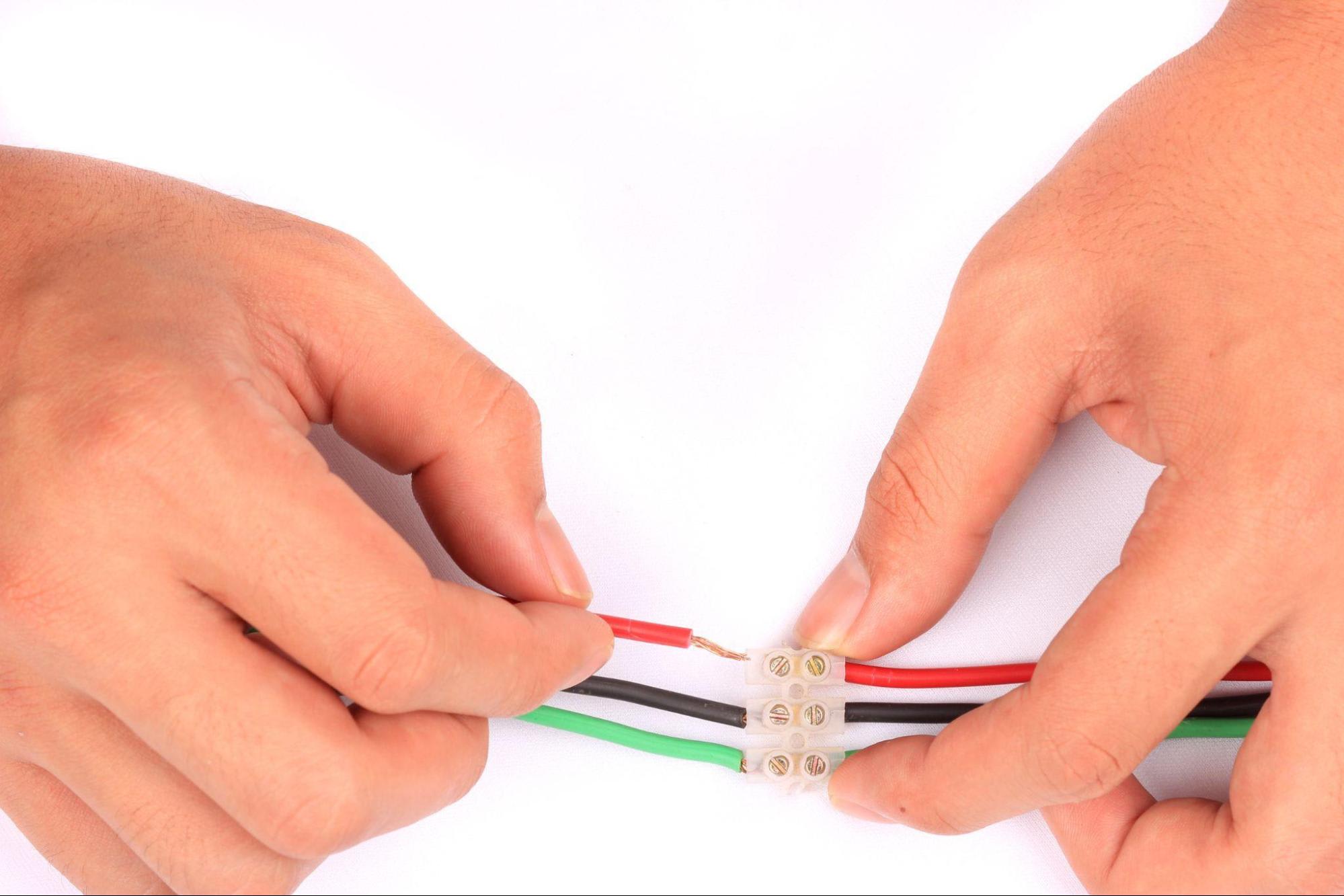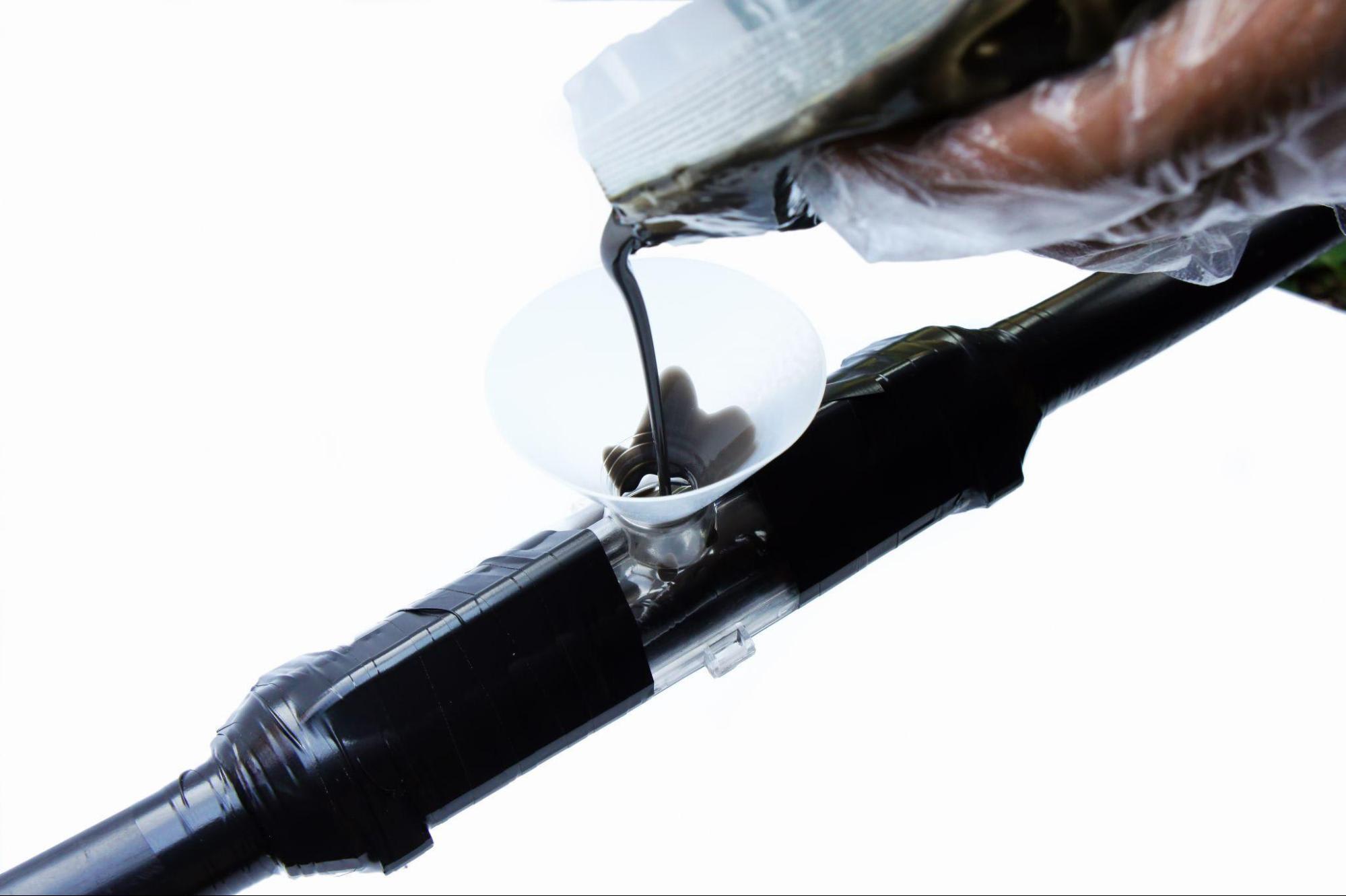- Published 28 Mar 2024
- Last Modified 28 Mar 2024
- 6 min
What Beginners Should Know About Cable Joints
Explore the types of cable joints and their uses for electrical systems. Get the essential info you’ll need when choosing cable jointing kits and supplies.

Cable joints may seem insignificant, but they play a crucial role in seamless connectivity. These critical components, though small, ensure the integrity and reliability of cable networks, bridging gaps and ensuring continuity across vast or intricate systems.
Whether you’re a beginner or a seasoned electrician, you must understand the pivotal role of cable joints in electrical systems. In this article, we will talk about the fundamentals of these small yet indispensable parts. This way, you’ll have the information you need to select and implement the right cable jointing supplies for your projects.

What Are Cable Joints Used For?
Cable joints are crucial for electrical and telecommunications sectors, ensuring continuous wire connections across various settings. Essentially, they are used to connect two or more sections of a cable or wire, thereby extending the reach of electrical and data transmission networks. Additionally, cable jointing is not just about creating a link; it's about ensuring that the connection maintains the integrity of the signal, whether it's for power distribution, data transfer, or telecommunications.
Now, if cable joints are technical in nature, what is their practical use? Here’s a closer look at where and how these essential components make a difference:
- Extending Cable Lengths: Cable joints facilitate the extension of cable wire lengths by allowing segments to be joined over longer distances. This capability is essential in large-scale installations such as commercial buildings, industrial sites, and urban infrastructure projects, where replacing entire cable runs would be impractical and costly.
- Repairing Damaged Cables: Cable jointers also use these small connectors to quickly repair damaged cable sections. The joints create a secure and conductive path over the damaged sections, effectively restoring the cable's functionality.
- Enhancing System Flexibility: Cable joints provide the means to modify and upgrade existing networks. By integrating new cables, they support the evolving needs of both commercial and residential spaces, making it easier to adapt to technological advancements or changes in usage requirements.
- Ensuring Safe Power Distribution: In power distribution networks, cable joints are used to securely connect cables, ensuring a steady and safe supply of electricity. This plays a vital role in preventing power outages, promoting energy efficiency, and implementing public and operational safety.
- Supporting Complex Electrical Systems: Cable joints are also essential in assembling and maintaining complex machinery and electronic devices. By providing a secure method for connecting various components within a system, these components support a broad range of industries, from manufacturing to technology.
What Are the Factors That Affect the Design of the Cable Joints?
Before you purchase a cable jointing kit, you must understand the factors that influence the component’s design. This way, you can ensure that the product meets Australian standards for electrical safety and the specific requirements of your project. Here are some details that determine the design of a cable joint:
- Voltage: The voltage level of the cable system directly impacts the design of a cable joint. After all, higher voltages require joints with greater insulation properties to prevent electrical breakdowns.
- Structure: The physical configuration of the cable, including whether it's single or multi-conductor, also affects the joint design. The structure dictates the type of joint needed to accommodate the cable's shape and size, ensuring a secure and reliable connection.
- Cores: The complexity of the joint will depend on the number of cores in a cable. For example, multi-core cables may require more intricate joint designs to ensure each core is properly connected and insulated.
- Insulation: The type of insulation material used in the cable affects the compatibility with different joint types. For instance, certain materials may be more suited to resin cable joints for optimal sealing and protection, while others might align better with heat shrink technology for a tight, moisture-resistant seal.
What Are the Common Types of Cable Joints?

Resin Joint
Resin joints are favoured for their ability to permanently join cables with strong insulation properties. They are mixed and poured on-site, encapsulating the connection in a hard, durable shell. This makes them particularly suitable for underground or outdoor applications where moisture and mechanical stress are concerns. Additionally, their robust insulation ensures a secure, long-lasting connection.
Branch Joint
Branch joints are designed to create branch connections from main cables, which is essential in power distribution networks. Also, they allow for the branching off of secondary cables without compromising the integrity of the main cable, facilitating flexible network configurations and expansions.
Transition Joint
Transition joints serve a critical role in connecting cables of different types or with varying insulation materials. This adaptability is crucial for upgrading or expanding existing networks, ensuring compatibility across diverse cable systems. Additionally, transition joints accommodate differences in diameter, insulation, and conductivity, providing a seamless connection between disparate cable types.
Heat Shrink Joint
Heat shrink joints use heat to form a tight, protective seal around cable connections. When heat is applied, the shrinkable material contracts, conforming closely to the cables' contours. This process not only ensures a secure mechanical bond but also offers excellent insulation. Heat shrink joints are ideal for a wide range of environmental conditions, offering resilience against water, dust, and chemical exposure.
Cold Shrink Joint
Cold shrink joints present an innovative alternative to heat shrink technology. They are pre-stretched onto a removable core and contract onto the cable upon core removal, requiring no heat. Besides, this feature simplifies installation and enhances safety, particularly in sensitive or hazardous environments. Cold shrink joints provide reliable insulation and mechanical protection, making them a versatile choice for various applications.
Ensuring Connectivity with Quality Cable Jointing Solutions
The role of cable joints in modern electrical and telecommunications systems cannot be understated. After all, they are essential for extending cable lengths, repairing damages, enhancing system flexibility, ensuring safe power distribution, and supporting complex electrical systems.
When you need quality cable joints, turn to RS Australia. Whether you're working on underground installations, outdoor applications, or complex electronic systems, we have cable jointing supplies that are designed with precision, ensuring compatibility with Australian standards and reliability across various conditions.
Popular Cable Joint Brands
HellermannTyton
HellermannTyton stands out for its high-quality cable management solutions, including heat shrink and gel-filled cable joints. These products are designed for robustness and efficiency, ensuring secure and long-lasting connections in both indoor and outdoor environments.
TE Connectivity
TE Connectivity offers a broad spectrum of cable jointing supplies that cater to demanding electrical requirements. What’s more, their products are known for their exceptional quality and reliability, providing secure connections that maintain integrity even in the harshest conditions.
Related links
- Cable Joints
- Exploring the World of Cable Joints: Types and Applications
- 3M Resin Filled Cable Joint Kit, Straight Joint Type
- Prysmian Resin Filled Cable Joint Kit 4mm²
- Prysmian Resin Filled Cable Joint Kit 50mm²
- Prysmian Resin Filled Cable Joint Kit 35mm²
- 3M Resin Filled Cable Joint Kit 6 → 16 mm2
- 3M Resin Filled Cable Joint Kit